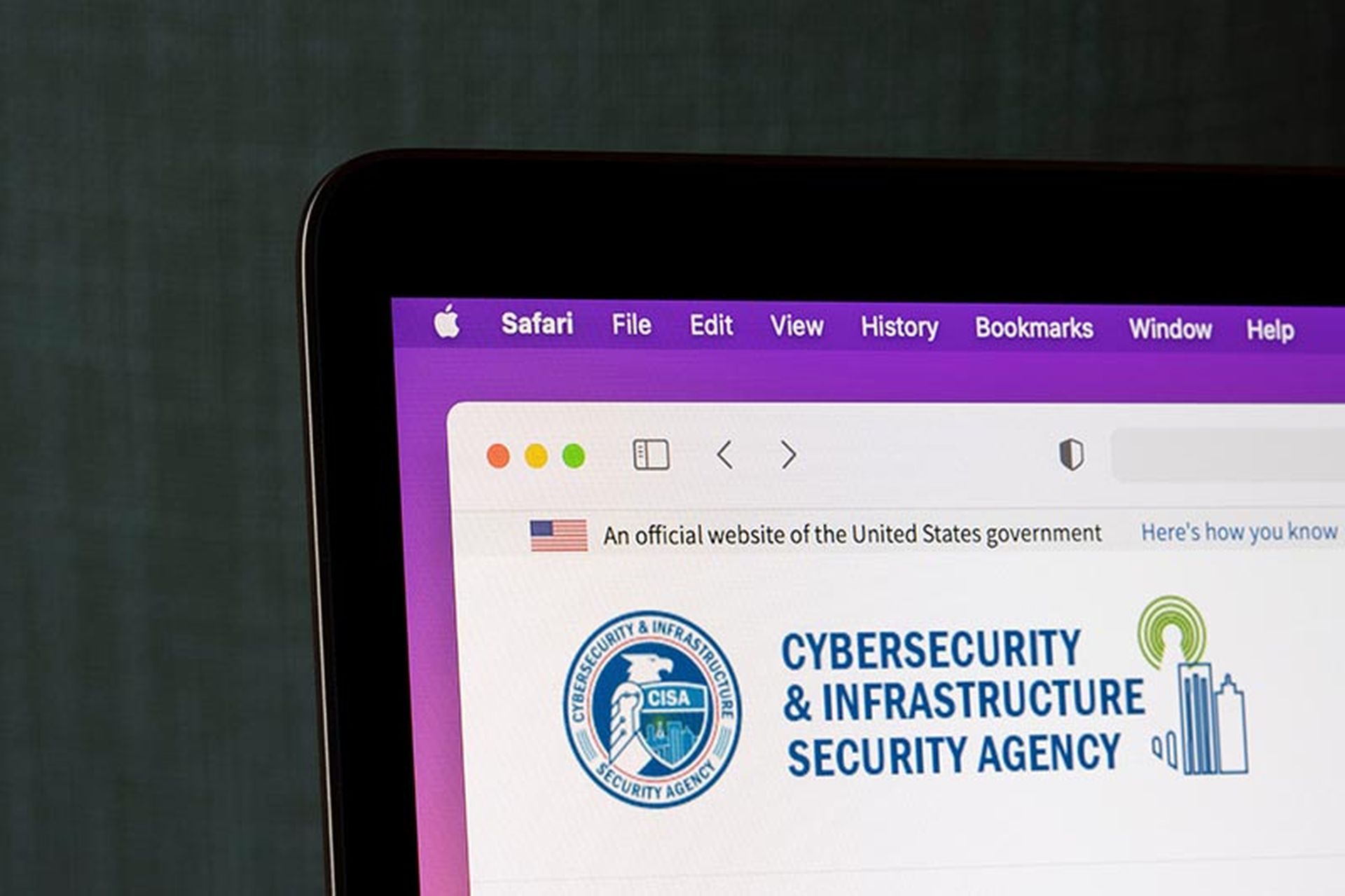Insider risks are threats that already have access to an organization’s sensitive information. They are people who have physical access to the organization’s buildings and credentials to sign-on to the network. But maybe more importantly, they’re familiar with the organization’s processes, they speak the company lingo, and they know where the important assets reside. Whether they have self-serving intentions or accidental, organizations need to better adapt to the risks that insiders pose to their organizations—because the problem has been on an upward trend for some time.
The two flavors of insider threats
There are two types of risky insiders. Some are malicious while others are non-malicious. Non-malicious insiders are the average employee, contractor, or vendor who has good intentions, but something goes wrong. For example, an analyst at one of my former companies would copy customer data onto a USB drive so they could take it home and work on it. They weren't trying to cause a data breach, but even without malice, this could have had devastating impacts—since it was very confidential data taken outside the company on an unsecured device.
A malicious insider, however, actually intends to harm or exploit the organization. A different company I once worked for actually hired someone who was tied to organized crime. They were brought onboard as a credit analyst—but what they were really there for was to change credit records. This person started the job with the explicit intention of committing fraud from day one.
Hybrid work creates opportunities for risky business
While hybrid work has improved productivity for many companies, it comes at a cost. According to a recent Verizon report, 79% of organizations agree that changes to their work practices have adversely affected their cybersecurity. This also impacts the mental health of workers—many are struggling to unplug during off-hours, which leads to burnout. As a result, some employees have become more careless and more disgruntled.
The Great Resignation has become another factor. People are changing jobs with greater frequency. When someone leaves a company, it’s natural to pack up the tools they consider to be theirs—and it’s often with an innocent intent. For salespeople, it’s often making a copy of their contact lists. Or someone in IT might want to take code they've written. But unless it’s explicitly agreed to in advance, this kind of material typically belongs to the company—and any duplication represents a data breach. Organizations saw 20% of users upload more data than usual to personal apps and instances during their final days of employment, allowing them to maintain access to the data even after they leave the organization.
The three Rs of insider risk management
The first step in adjusting how the organization manages its security program in response to these kinds of insiders and exposures is understanding the actual risks:
- What makes us rich? What’s our core value in the market? What makes the company unique? What makes us win against our competitors? What generates revenue?
- What would ruin us? A breach in security would automatically ruin some companies, but that’s not always the case. Not long ago, the headquarters dial service for a major fast food chain got shut down for something like 24 hours—and nobody really cared. That’s because the vast majority of their customers were not impacted. On the other hand, if point-of-sale transactions or the supply chain for restocking franchises were significantly disrupted—an attack of that nature could prove ruinous to the company’s trade and reputation.
- With which regulations should the company comply? Whether it’s HIPAA in healthcare or payment card industry (PCI) standards for common financial transactions, an effective insider threat program needs to incorporate compliance processes for all of these dependencies.
With that understanding, the team can then design an effective risk management program. It will need visibility into where the data resides, where it's flowing, and even user behavior analytics. Put controls in place and then educate the users. It’s important to foster a culture of awareness so that everybody understands the value of security and buys into being part of the company’s monitoring system.
Extend security to the edge
Business digitalization and work-from-anywhere have shifted how we work and where our systems run. And security needs to go right to the action. It’s why many security leaders are already moving to a security service edge (SSE) platform as part of a larger secure access service edge (SASE) architecture.
An effective SSE platform includes adaptive security controls and the ability to deliver secure direct-to-the-internet access for remote users, without having to hairpin traffic back to the data center. We’re moving those controls out closer to the user and out in the cloud where the data resides—reducing risk to the organization without encumbering the user’s experience.
James Christiansen, vice president, cloud security transformation, Netskope




